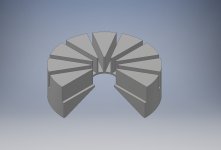wturber
1 MW
Well I for one think it is just darned cool that the darned thing works. Very cool!!
wturber said:Well I for one think it is just darned cool that the darned thing works. Very cool!!

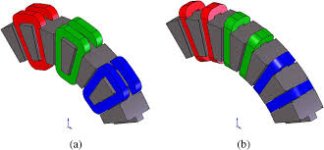
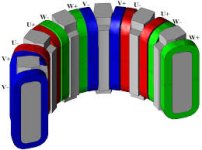
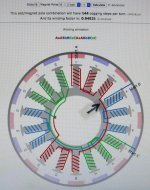
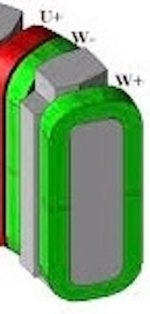

fechter said:You have to force them into position with clamps of some sort and wait for the glue to harden.
APL said:As far as the back iron thickness,.. it's really not very clear (to me) as to what and where that is on this design yet.
Theres the tooth on each side of the stator, and then, the iron in the coils on each side of the tooth, for a single
segment.
The picture below is not that great of a representation, but show's one segment.
single segment torid stator.jpg
Still trying to figure it out,..thanks for the info., any help is most appreciated!

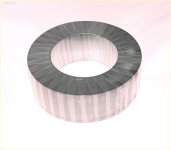

one gentleman from russia, who is PhD in electric machines and experienced builder of motors, said me that.APL said:I'm curious as to where your .8 value is from? And I wonder if it's need's to configure the area of
the tooth into a square, and then derive BI thickness? Just a thought, I'm not aware of the formula,
so it's all new to me.
i plan to use it for the next project of middrive bike but no idea when will it happen. diameter is 130 mm, width is 87 mm (without shaft lenght), estimated weight is around 5 kg. i decided to go with double stator and single rotor (like in some of Golden Motor motors) layout, rectangular wires (8 turnes, cross-section area is 4 square mm per one stator coil) and fiberglsass shaft and rotor.What's the planed diameter of your motor, and what, (if anything), are you thinking of using it on?
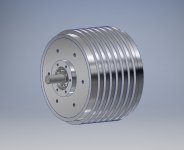
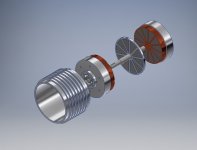
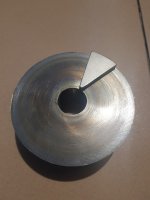
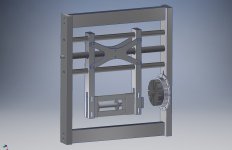
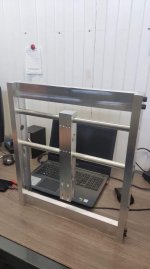
i thought this point is not completely clear (for me :lol: ) so i decided to talk a little bit more about it.APL said:I'm curious as to where your .8 value is from? And I wonder if it's need's to configure the area of
the tooth into a square, and then derive BI thickness? Just a thought, I'm not aware of the formula,
so it's all new to me.
